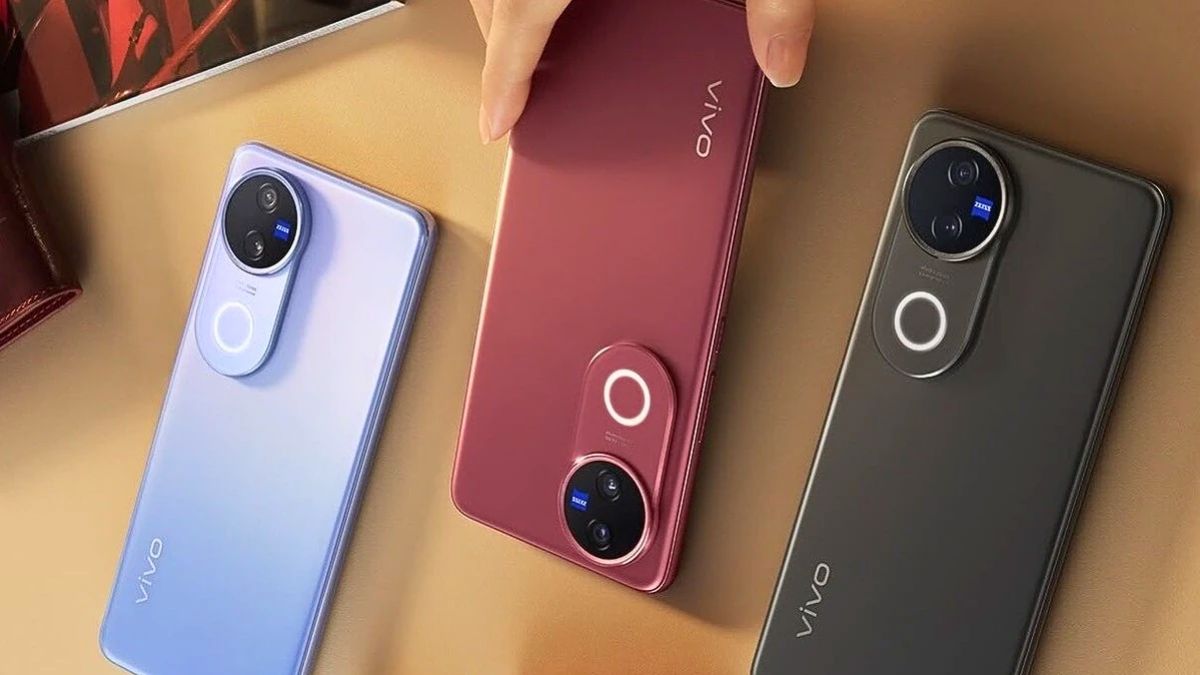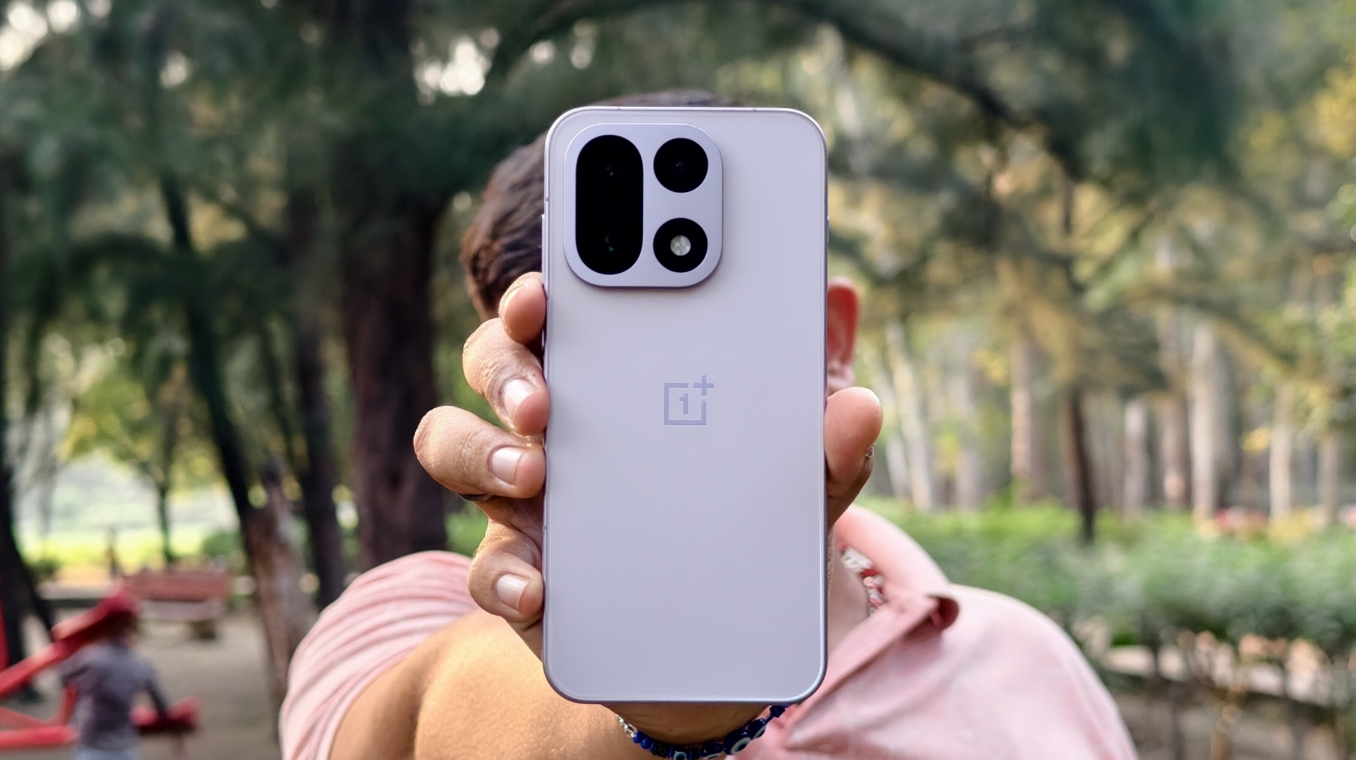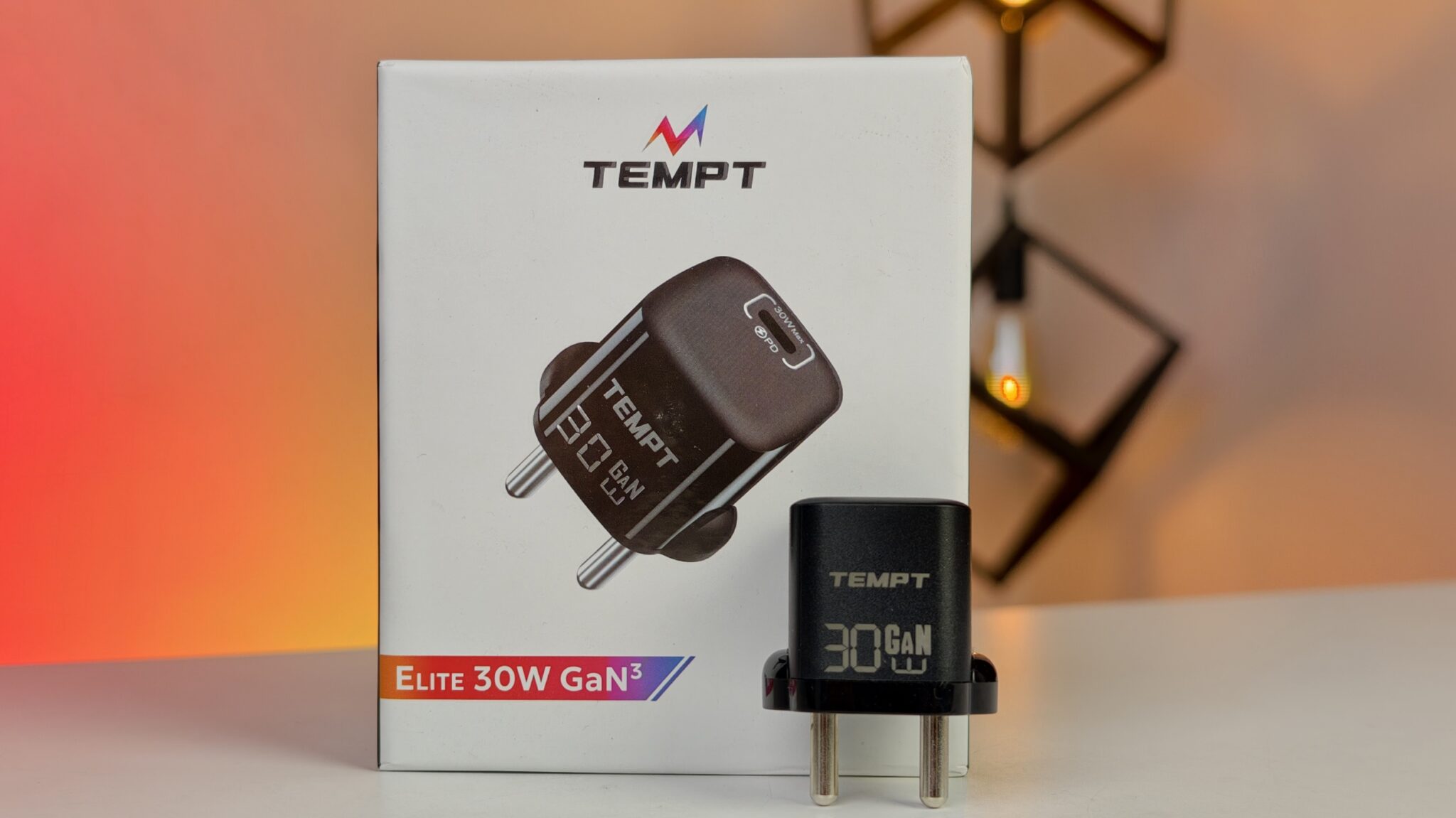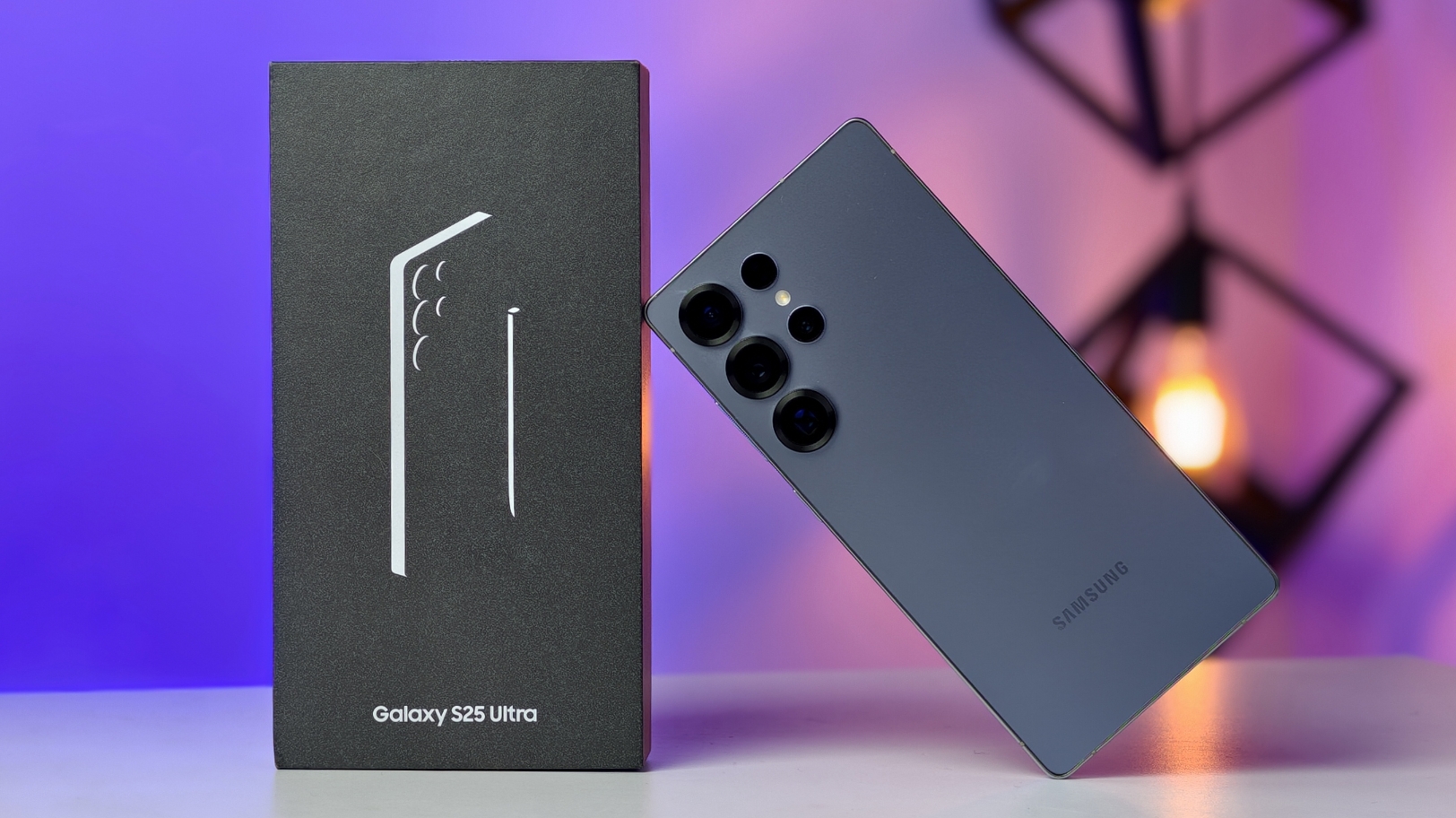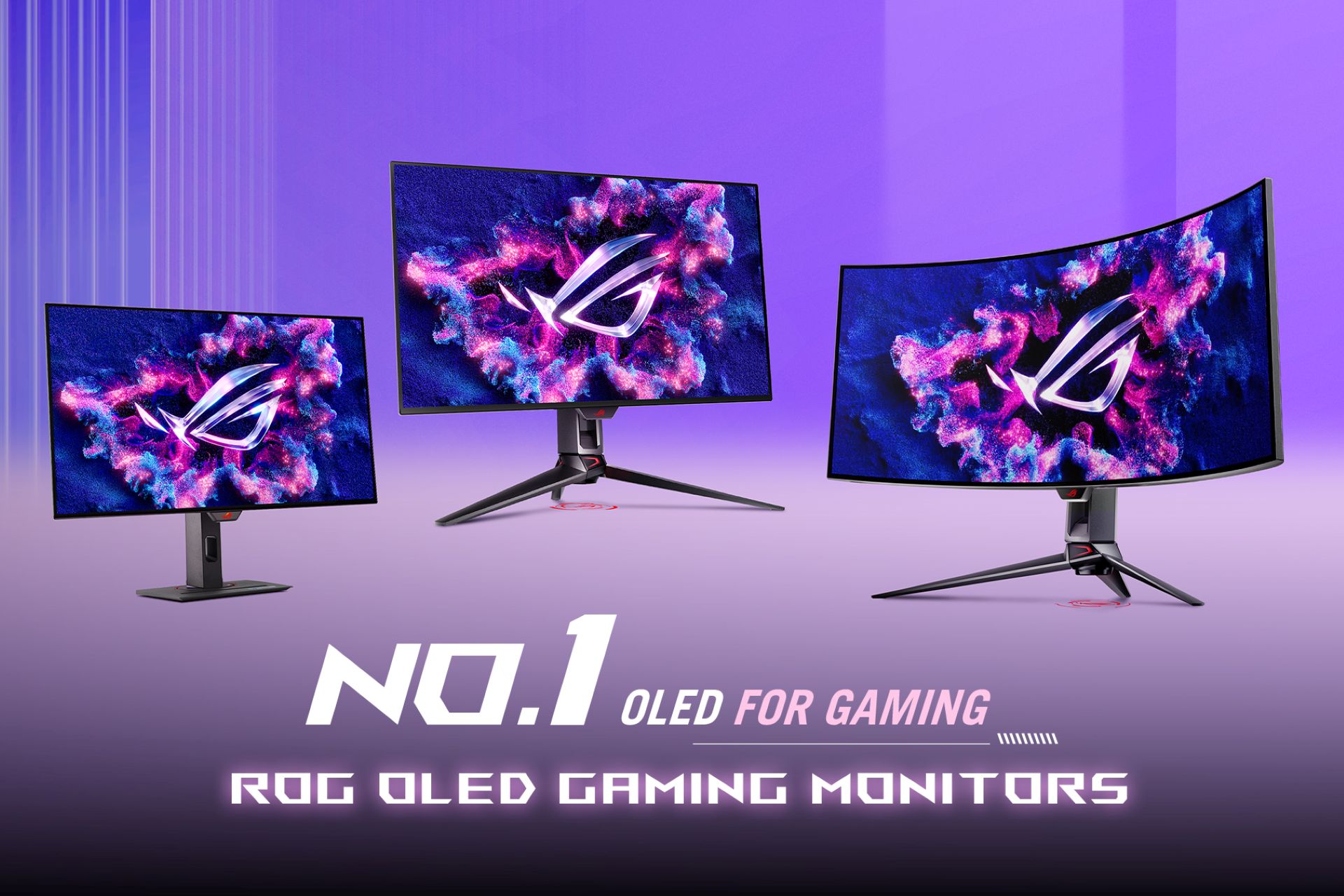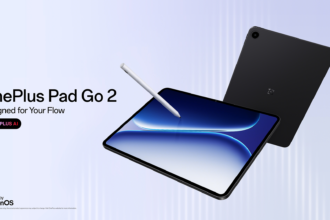The Indian smartphone market just got a whole lot more interesting! Motorola, a brand synonymous with innovation and reliable performance, has officially launched its much-anticipated Edge 60 Fusion in India. This new contender promises to deliver a premium experience without breaking the bank, and at its heart lies a powerful new chipset: the MediaTek Dimensity 7400. But what exactly does this silicon bring to the table, and how does it stack up against the competition? Let’s dive deep into the details.
A Fusion of Style and Substance:
Motorola has been making waves with its recent designs, and the Edge 60 Fusion appears to continue this trend. While official images are now circulating widely online, initial impressions suggest a sleek and modern aesthetic. Expect a vibrant display, likely an AMOLED panel with a high refresh rate for smooth scrolling and immersive visuals. The focus seems to be on a comfortable in-hand feel and a design that turns heads.
But the beauty is more than skin deep. The real story here is the engine powering this device: the MediaTek Dimensity 7400. This system-on-a-chip (SoC) is a relatively new entrant in the mid-range segment, and its inclusion in the Edge 60 Fusion signals Motorola’s commitment to providing top-tier performance at an accessible price point.
Unpacking the Powerhouse: MediaTek Dimensity 7400
So, what makes the Dimensity 7400 tick? Based on available information and MediaTek’s previous offerings, this chipset likely features an octa-core architecture. This typically involves a combination of high-performance cores for demanding tasks and power-efficient cores for everyday use, striking a balance between speed and battery life.
While specific core configurations and clock speeds are being scrutinized by tech enthusiasts, we can expect the Dimensity 7400 to deliver significant processing power. This translates to smoother multitasking, faster app launches, and the ability to handle graphically intensive games without significant lag.
Beyond the raw processing power, the Dimensity 7400 likely integrates a capable Mali-series GPU for graphics rendering. This is crucial for a good gaming experience and for running visually rich applications. Early indications suggest that the GPU performance will be competitive with other chipsets in this segment.
Furthermore, modern chipsets are not just about the CPU and GPU. The Dimensity 7400 likely incorporates a dedicated Neural Processing Unit (NPU) or AI Processing Unit. This component accelerates artificial intelligence tasks, which can enhance features like camera performance (for better scene recognition and image processing), voice assistants, and even improve battery management by learning user patterns.
Connectivity is another crucial aspect. We can confidently expect the Dimensity 7400 to support fast 5G connectivity, allowing users to take advantage of the growing 5G infrastructure in India for faster download and upload speeds. Wi-Fi 6 support is also a strong possibility, ensuring speedy wireless internet access.
Facing the Rivals: Dimensity 7400 vs. the Competition
The mid-range smartphone market in India is fiercely competitive, with chipsets from Qualcomm and other MediaTek offerings vying for dominance. So, how does the Dimensity 7400 stack up against its key rivals?
One of the primary competitors will likely be Qualcomm’s Snapdragon 7 series chipsets. These have been a popular choice for many mid-range devices, known for their balanced performance and reliability. The Dimensity 7400 will need to demonstrate comparable or even superior performance in key areas like CPU and GPU benchmarks to gain an edge.
Another strong contender is MediaTek’s own Dimensity 8 series. While positioned slightly higher, some devices with older Dimensity 8 series chips might fall within a similar price range as the Edge 60 Fusion. The Dimensity 7400 will need to showcase a compelling value proposition to differentiate itself from its more premium sibling.
Specifically, let’s consider potential rivals:
- Qualcomm Snapdragon 7 Gen 1/7 Gen 2: These chipsets offer a strong combination of performance and features. The Dimensity 7400 will need to compete on raw processing power, gaming capabilities, and AI performance to attract consumers considering devices powered by these Snapdragon chips.
- MediaTek Dimensity 8100/8200: These slightly older but still powerful Dimensity 8 series chips can be found in devices that might be priced similarly to the Edge 60 Fusion. The Dimensity 7400 needs to provide a comparable experience in terms of speed and responsiveness while potentially offering advantages in newer features or power efficiency.
- Samsung Exynos 1380: Found in some mid-range Samsung devices, this chipset offers a decent level of performance for everyday tasks and gaming. The Dimensity 7400 will aim to outperform it in demanding scenarios and potentially offer better power efficiency.
The real-world performance will depend on various factors, including the phone’s thermal management, RAM configuration, and software optimization. However, the specifications of the Dimensity 7400 suggest that it has the potential to be a serious contender in this segment.
What Else Does the Motorola Edge 60 Fusion Offer?
Beyond the chipset, the Motorola Edge 60 Fusion is expected to come packed with other compelling features. Leaks and rumors point towards a versatile camera system, likely featuring a high-resolution main sensor and an ultrawide lens. The inclusion of Optical Image Stabilization (OIS) would be a welcome addition for sharper photos and smoother videos.
Battery life is always a key concern for smartphone users. The Edge 60 Fusion is expected to house a sizable battery, potentially in the 5000mAh range, coupled with fast charging capabilities. This should ensure that users can get through a full day of moderate to heavy use without needing to constantly reach for a charger.
Motorola’s near-stock Android experience has always been a major draw for many users. The Edge 60 Fusion will likely run on the latest version of Android with minimal bloatware, offering a clean and intuitive user interface. Motorola’s commitment to timely software updates is another significant advantage.
Why Should You Care?
The launch of the Motorola Edge 60 Fusion with the MediaTek Dimensity 7400 is significant for several reasons. It signifies the increasing competitiveness of the mid-range smartphone market, with manufacturers pushing the boundaries of performance and features at more accessible price points.
For consumers, this means more choices and better value for their money. The Dimensity 7400 has the potential to deliver flagship-level performance in a mid-range device, making premium experiences more attainable.
Motorola’s decision to adopt this new chipset also highlights MediaTek’s growing influence in the smartphone industry. Their Dimensity series of chipsets has been consistently improving, offering compelling alternatives to Qualcomm’s offerings.
As the Motorola Edge 60 Fusion hits the Indian market, it will be interesting to see how it performs in real-world tests and how it is received by consumers. The success of this device will likely depend on its pricing, overall feature set, and the actual performance of the Dimensity 7400 chipset.
One thing is certain: the mid-range battleground in India just got a new, powerful contender. Keep an eye out for detailed reviews and comparisons as the Motorola Edge 60 Fusion with its MediaTek Dimensity 7400 looks set to make waves. Could this be the mid-range smartphone that finally delivers on all fronts? Only time will tell.




